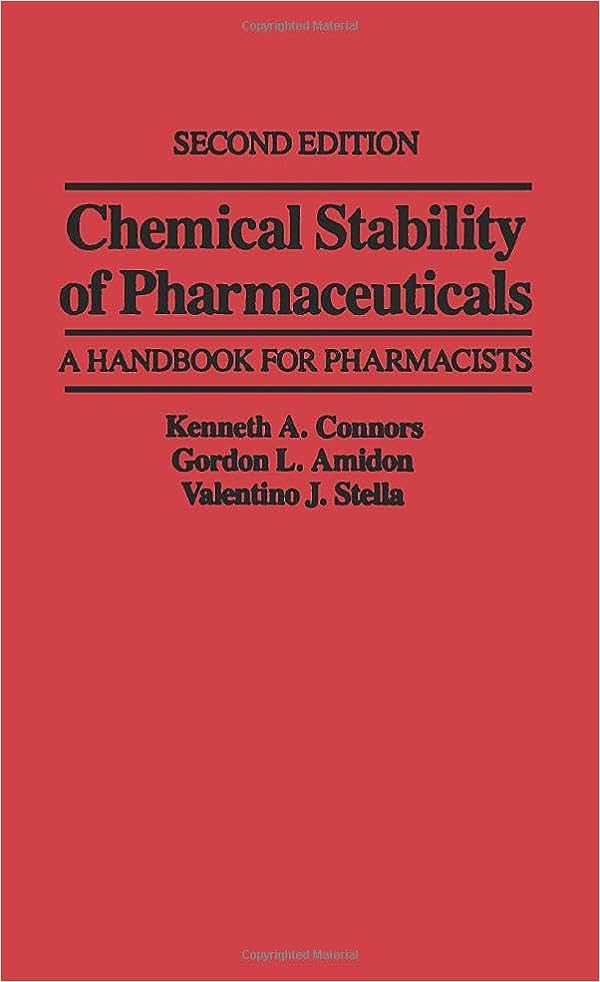Introduction to Chemical Degradation
Chemical degradation refers to the process of breakdown or transformation of a drug substance or product resulting from chemical reactions. Understanding the various degradation pathways is essential for assessing and managing the stability of pharmaceutical formulations.
Common Chemical Degradation Pathways
Let’s explore some of the most common chemical degradation pathways observed in pharmaceutical products:
1. Hydrolysis
Hydrolysis involves the cleavage of chemical bonds in the presence of water. Common hydrolytic reactions in pharmaceuticals include:
- Hydrolysis of ester bonds
- Hydrolysis of amide bonds
- Hydrolysis of lactones
2. Oxidation
Oxidation reactions involve the addition of oxygen or removal of hydrogen from a molecule, leading to the formation of
- Oxidation of alcohols to aldehydes or ketones
- Oxidation of primary and secondary amines
- Oxidation of sulfur-containing compounds (e.g., thiol oxidation)
3. Photodegradation
Photodegradation occurs when pharmaceutical compounds undergo chemical reactions upon exposure to light, particularly ultraviolet
(UV) or visible light. Common photodegradation reactions include:- Photoisomerization
- Photodecomposition
- Photooxidation
4. Polymerization
Polymerization involves the formation of polymer chains from monomeric units present in drug formulations. Polymerization can occur under certain conditions, leading to changes in drug stability and efficacy.
5. Other Degradation Pathways
Additional chemical degradation pathways observed in pharmaceuticals include:
- Decarboxylation
- Dehydration
- Isomerization
- Reduction
